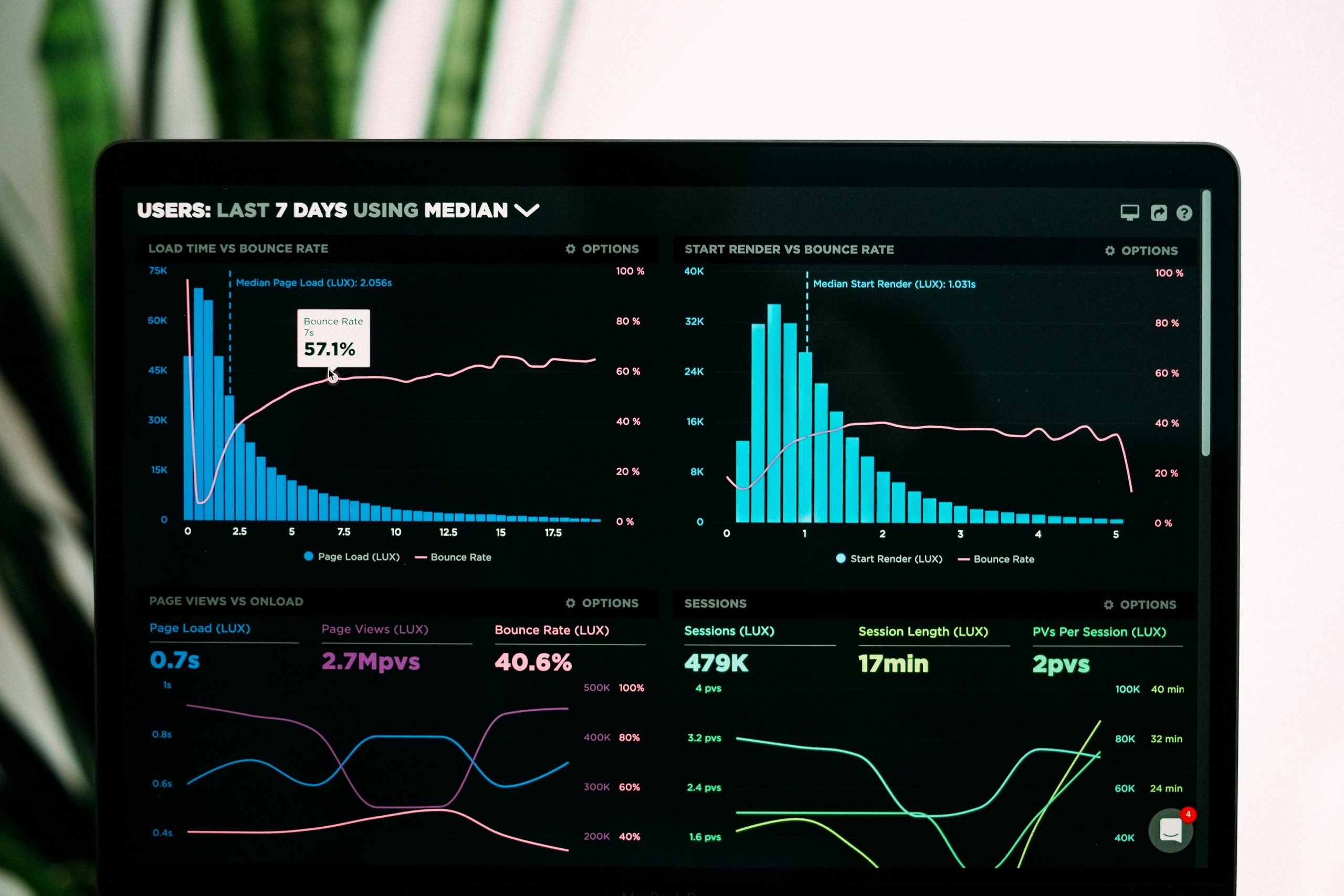
Digital Age Cybersecurity: Protecting Data in a Connected World
In today’s digital age, where connectivity and data-driven technologies dominate, cybersecurity has become paramount to safeguarding sensitive information. From personal data to corporate secrets, the threat landscape is vast and constantly evolving. This article explores the challenges posed by the interconnected world and strategies to protect data effectively.
The Evolution of Cyber Threats
Cyber threats have evolved significantly alongside technological advancements. What once may have been simple viruses or malware have transformed into sophisticated cyberattacks, including:
- Phishing Attacks: Deceptive emails or messages designed to trick users into revealing sensitive information.
- Ransomware: Malicious software that encrypts data, demanding payment for decryption.
- Advanced Persistent Threats (APTs): Long-term targeted attacks aimed at stealing or manipulating data.
These threats exploit vulnerabilities in networks, applications, and human behavior, posing substantial risks to individuals and organizations alike.
Challenges in Protecting Data
Protecting data in a connected world presents numerous challenges:
- Complexity of Networks: Interconnected devices and cloud services increase the attack surface.
- Human Factor: Employees and individuals can inadvertently compromise security through actions like weak passwords or falling for phishing scams.
- Rapid Technological Changes: New technologies such as IoT (Internet of Things) introduce new vulnerabilities.
Strategies for Effective Cybersecurity
To mitigate these challenges and protect data effectively, organizations and individuals should adopt comprehensive cybersecurity strategies:
- Implement Robust Security Measures: Utilize firewalls, encryption, and intrusion detection systems (IDS) to secure networks.
- Regular Security Audits: Conduct audits to identify and rectify vulnerabilities in systems and processes.
- Employee Training: Educate employees about cybersecurity best practices, including recognizing phishing attempts and using strong passwords.
- Backup and Recovery Plans: Maintain regular backups of critical data and develop contingency plans for data recovery in case of breaches.
Case Studies and Examples
Several high-profile incidents underscore the importance of robust cybersecurity:
The Equifax data breach in 2017 compromised sensitive information of over 147 million people, highlighting the repercussions of inadequate cybersecurity measures.
In contrast, companies like Microsoft and Google have implemented advanced security protocols, such as multi-factor authentication and AI-driven threat detection, to protect their users’ data.
Conclusion
In conclusion, as our world becomes increasingly interconnected, the importance of cybersecurity cannot be overstated. By understanding the evolving threat landscape and implementing proactive measures, individuals and organizations can safeguard their data from malicious actors. Continuous vigilance, education, and investment in cybersecurity technologies are key to navigating the digital age securely.
Remember, in the realm of cybersecurity, staying ahead of threats is not just a choice but a necessity.



